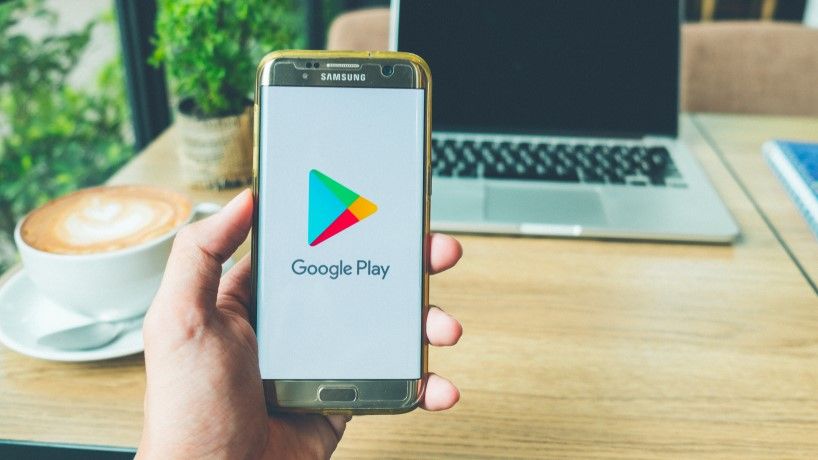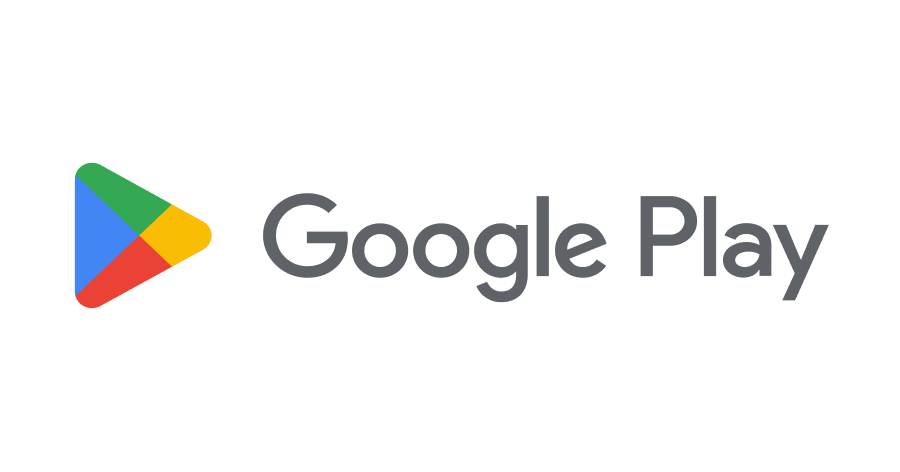The Google Play Store is one of the best places to find and download apps. It’s full of new and exciting offerings.

But before you download that next app, there are a few things you should know. Learn these Google Play Store tips to get the most out of your smartphone experience!
1. Optimize for Local Keywords
The Google Play Store is a digital storefront for different types of media, including apps, games, music, and e-books. It was launched in March 2012 as the new name for the Android Market, and has grown quite a bit since then.
Choosing long-tail keywords is important, as they are more specific and face less competition than more generic keywords in search results. For example, an app that helps users find used cars for sale in their area is more likely to rank for a phrase like “local used car shopping” than just “shopping,” because users are more likely to be looking for a local solution rather than something they can get online. The key is to choose phrases that have a decent click-through rate, or CTR.
2. Optimize for Search and Explore
One of the most exciting parts of using an app or gaming platform like the Google Play Store is the vast amount of digital content it offers. This includes not only apps and games, but also music, movies, and books. The best part is that most of this content is free. You can find it on any Android device by searching the Google Play Store, utilizing its categories section, or simply by browsing around.
To deliver on this promise, the Google Play Store relies on a sophisticated backend that is designed to scale to the needs of its user base while meeting performance SLOs. The most important aspect of any such system is allowing for rapid iteration so that new features are quickly introduced while eliminating tech debt and making sure that latency is kept to a minimum, Browse around this site.
3. Optimize for App Store Optimization
When you are looking to optimize your app for the Google Play Store, there are a few things you should keep in mind. First, the app title is a key metadata element for ranking in search results.
When it comes to optimizing the app title for keyword targeting, you must strike a balance between popular keywords and more niche ones. This will help you rank for less competitive words while also maximizing your chances of success.

You should also remember to update your short description often, as it has the next highest ranking weight after the app title. While most users don’t read the short description, it can still have a significant impact on conversions and keyword ranking.
4. Optimize for App Store Rankings
A strong app store ranking on the Google Play Store is crucial for delivering more downloads and boosting your conversion rate. Luckily, there are several steps you can take to improve your overall rank and increase the number of app installs.
For starters, you need to target the right keywords that your users are searching for in the Play Store. This will help them recognize your app and find it easily when browsing the search results.
Aside from the app title, which has a significant impact on your keyword ranking, you should also pay attention to the short description. This 80-character space has the next highest ranking weight after the title, and it can have a great influence on conversions.
5. Optimize for App Store Reviews
Ratings and reviews are one of the strongest ranking factors in the Google Play Store. They are also a great way to build user trust and get your app noticed.
Similarly, Apple also considers ratings and reviews a key factor in its app store rankings. Neither company has revealed how it uses this information in its ranking algorithms.
Summary:
Users are more likely to leave a rating or review if they have experienced a positive moment in your app. This could be after completing a level, creating a post, or making a purchase.
But it is important to understand that both stores only allow you to prompt a user for a review three times per 365 days. So be sure to time your review prompts properly and wait at least a month between prompts.